| Class A |
First Octet: 0-127 Binary: 0XXXXXXX Default Mask: 255.0.0.0 CIDR: 8 |
| Class B |
First Octet: 128-191 Binary: 10XXXXXX Default Mask: 255.255.0.0 CIDR: 16 |
| Class C |
First Octet: 192-223 Binary: 110XXXXX Default Mask: 255.255.255.0 CIDR: 32 |
| Class D |
First Octet: 224-239 Binary: 1110XXXX ***Multicast Addressing |
| Class E |
First Octet: 240-255 Binary: 1111XXXX ***Experimental |
| Unspecified | ::/128 |
| Loopback | ::1/128 |
| Unique Local Address | FC00::/7 |
| Link-local address | FE80::/10 |
| Global unicast address | 2000::/3 |
| Multicast address | FF00::/8 |
| Example of IPv4 in mixed IPv4/IPv6 environment | ::0:192.168.100.1 |
| Example of 6to4 tunneling | 2002::/16 (0010 0000 0000 0010) |
| Dual Stacking |
|
| Tunneling |
|
| Translation (Routers) |
|
| Layer 7 – Application |
|
| Layer 6 – Presentation |
|
| Layer 5 – Session |
|
| Layer 4 – Transport |
|
| Layer 3 – Network |
|
| Layer 2 – Data Link |
|
| Layer 1 – Physical |
|
“Please Do Not Throw Sausage Pizza Away”
| Network Adapter (Network Interface Card [NIC]) |
|
| Repeaters |
|
| Hubs |
|
| Switches |
|
| Routers |
|
Some redundant info here (but cyber wizards must know their protocols)
| Well-Known | 0-1023 |
| Registered | 1024-49151 |
| Private | 49152-65535 |
| DHCP |
|
| DNS |
|
| SMTP |
|
| POP3 |
|
| IMAP4 |
|
| HTTP |
|
| HTTPS |
|
| SSL |
|
| TLS |
|
| FTP |
|
| TFTP |
|
| Telnet |
|
| Rlogin |
|
| SSH |
|
| LDAP |
|
| LDAPS |
|
| SNMP |
|
| NetBIOS |
|
| SMB |
|
| SUNRCP |
|
| Syslog |
|
| RDP |
|
| Kerberos |
|
| Autonomous Systems | A set of Routable IP prefixes that are under a network or collection of networks managed by an entity. |
| Interior Gateway Protocols | Used to exchange routing information with an autonomous system. |
| Exterior Gateway Protocols | Protocols used to exchange routing information between autonomous systems |
| Path-Vector Routing Protocols | Maintains path information that gets updated dynamically. |
| Administrative Distance | Each entry in the routing table contains the destination network, next router, and path to reach the destination. The lower the better. |
| Distance Vector | Link State |
| Sends entire routing table during updates | Only provides link state information |
| Sends periodic updates every 30-90 seconds | Uses triggered updates |
| Broadcasts updates | Multi casts updates |
| Vulnerable to routing loops | No risk of routing loops |
| RIP, IGRP | OSPF, IS-IS |
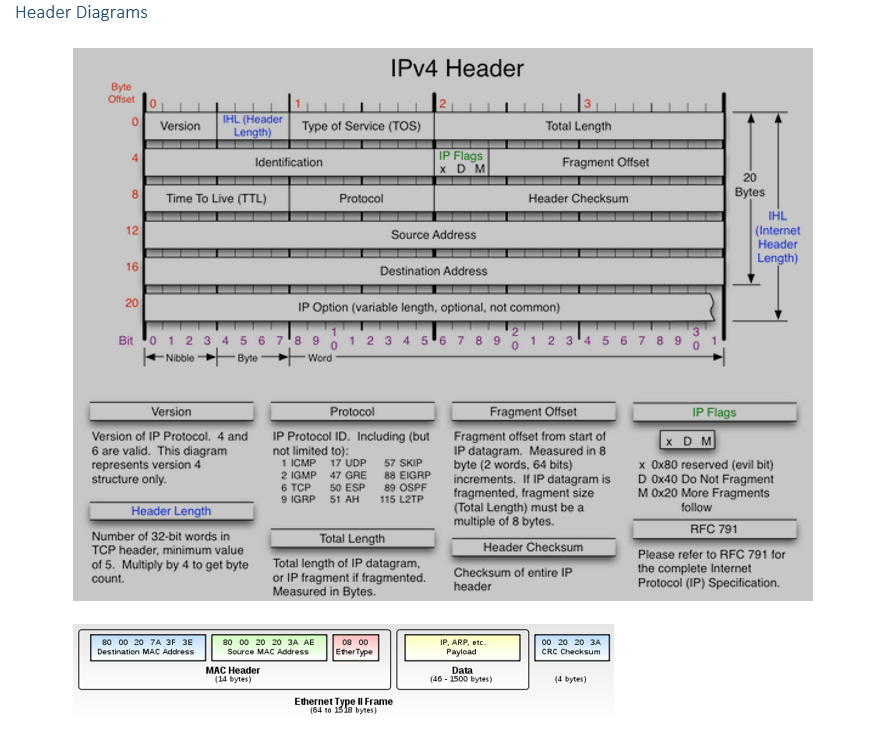





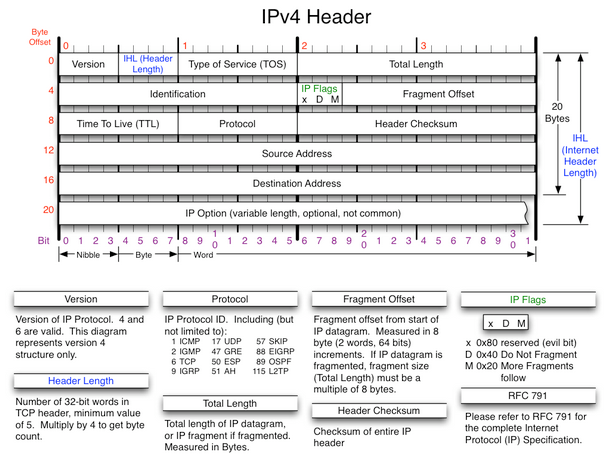



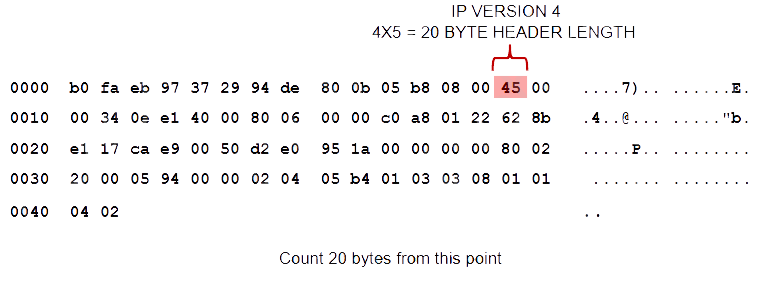

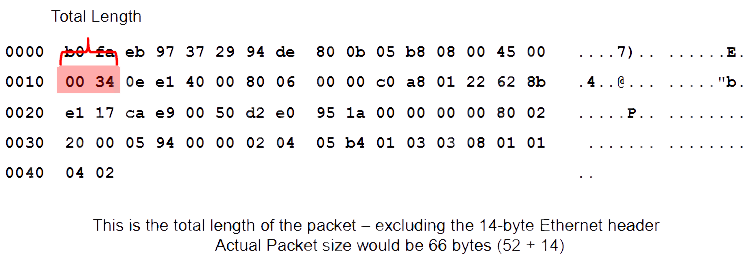
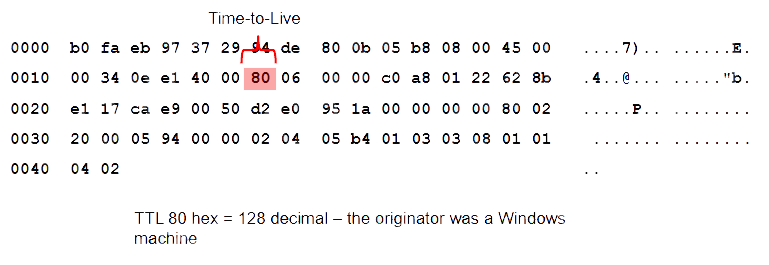

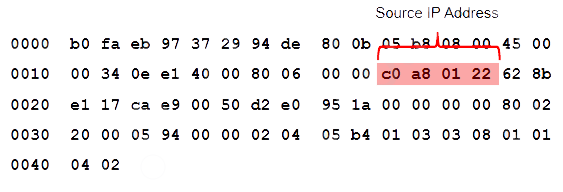

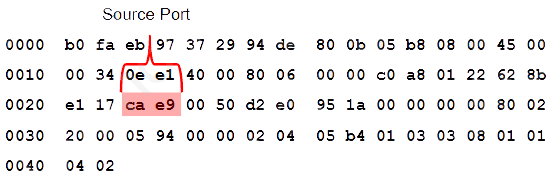
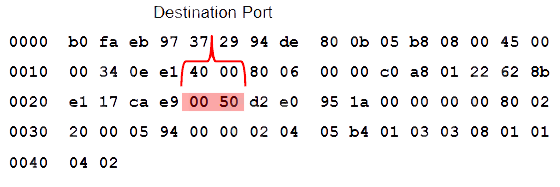
| ARP |
|
| Reverse ARP |
|
| IP Config Command |
|
| FQDN |
|
| ICMP |
|
| Ping |
|
| Traceroute |
|
| NAT |
|
| PAT |
|
| Netstat |
|
| TTL:255 | Cisco, Solaris/AIX |
| TTL:128 | Windows |
| TTL:64 | Linux/Unix |
additional research encouraged to supplement this section